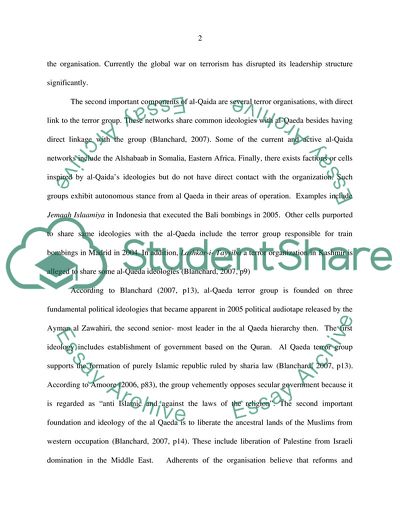Cite this document
(“The Motivational influences on the terrorist group Al Qaeda Essay”, n.d.)
The Motivational influences on the terrorist group Al Qaeda Essay. Retrieved from https://studentshare.org/miscellaneous/1591104-the-motivational-influences-on-the-terrorist-group-al-qaeda
The Motivational influences on the terrorist group Al Qaeda Essay. Retrieved from https://studentshare.org/miscellaneous/1591104-the-motivational-influences-on-the-terrorist-group-al-qaeda
(The Motivational Influences on the Terrorist Group Al Qaeda Essay)
The Motivational Influences on the Terrorist Group Al Qaeda Essay. https://studentshare.org/miscellaneous/1591104-the-motivational-influences-on-the-terrorist-group-al-qaeda.
The Motivational Influences on the Terrorist Group Al Qaeda Essay. https://studentshare.org/miscellaneous/1591104-the-motivational-influences-on-the-terrorist-group-al-qaeda.
“The Motivational Influences on the Terrorist Group Al Qaeda Essay”, n.d. https://studentshare.org/miscellaneous/1591104-the-motivational-influences-on-the-terrorist-group-al-qaeda.


